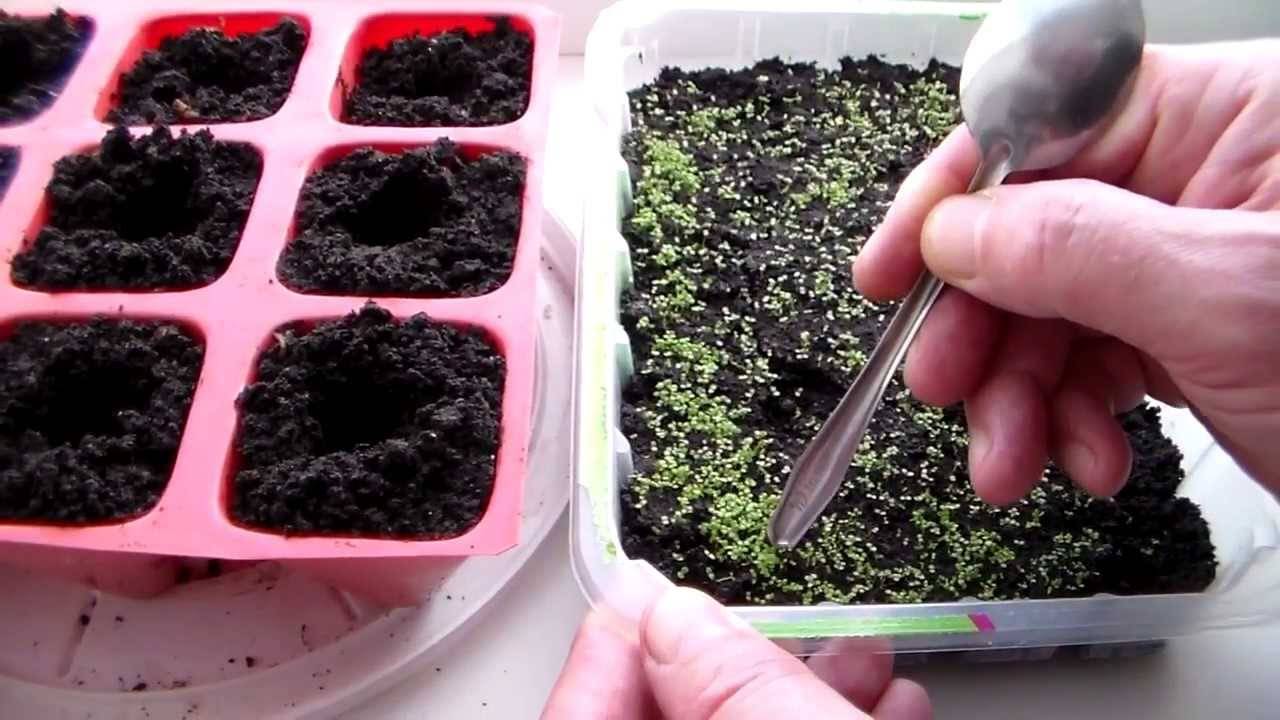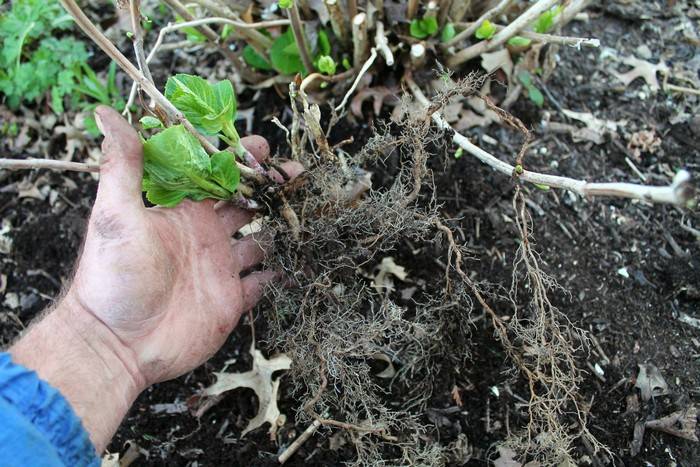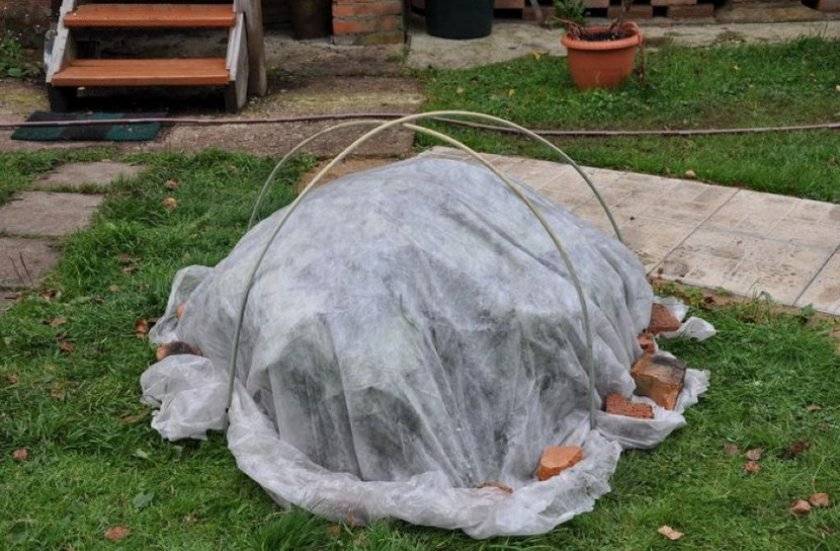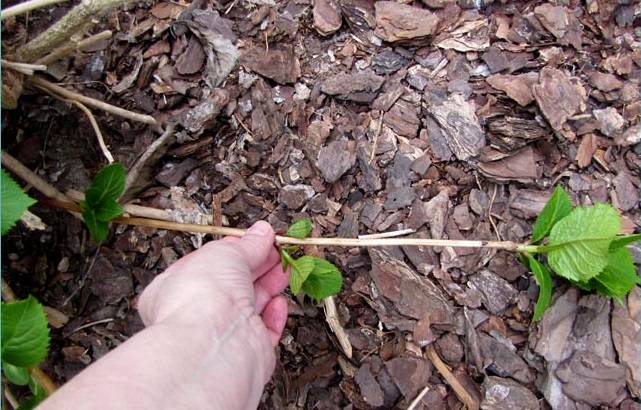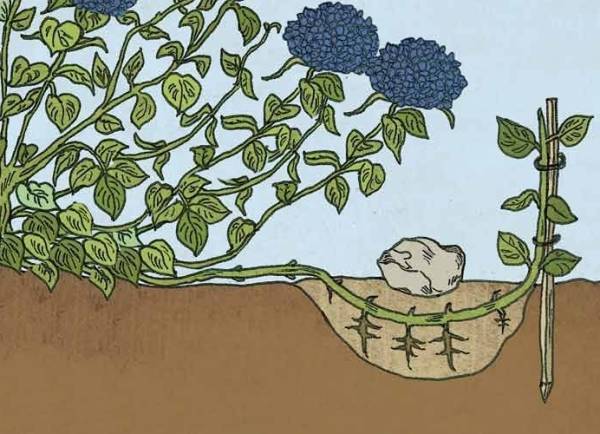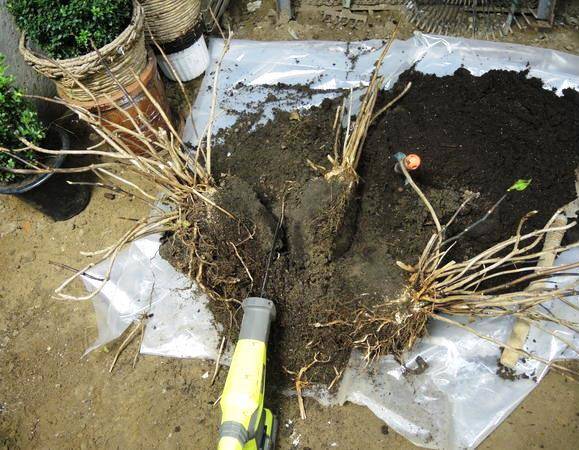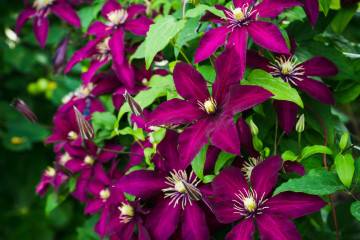How to propagate hydrangea by cuttings in spring
Content:
Reproduction of hydrangeas is possible in the autumn, spring and summer months. It is best to perform the procedure during the warmer months, before the flowering period begins. Newbies in the field of floriculture often wonder how to propagate a hydrangea. The recommendations below will help you not to make mistakes in the process of breeding a perennial culture.
Home breeding methods for hydrangeas
There are many ways in which you can propagate an ornamental culture indoors. The main ones are listed below.
- Seed method. By planting seeds in the ground, you can grow a lot of seedlings, from which you can then make a hedge. Seeds must be sown at the end of winter. The soil for planting should be loose and consist of peat soil, sand, leaf substrate. The container will need to be covered with a film material. It is important to systematically moisten the soil, and remove the film every day for 10 minutes. for the purpose of airing. As soon as the second leaf pair appears on the seedlings, the seedlings should be transplanted into the flower bed. Increasing the flower population in this way will not be difficult even for a beginner in the field of floriculture.
- Reproduction by layering is a fairly popular method that is recommended to be used before the buds have time to bloom. For this purpose, the lower shoots lean towards the dug out recess near the bush. The depth of the groove should reach 12-15 cm. An incision is made on the outside of the branch and a match is placed in it, which will accelerate the formation of the root system. Layers will need to be sprinkled with soil. The earth is systematically moistened. Towards the end of September, the root system of the cut will have time to form. For the next season, you can transplant a new seedling, which you managed to root, to a permanent place.
- The grafting method is the most common method for which you will need to cut woody branches. You should not use shoots that are completely lignified, as this will negatively affect the growth of the culture and the development of the root system. Prepared cuttings are planted in sand at an angle of 40 °. The sand is abundantly moistened, and the container is covered with a film material. After 30-40 days, the root system of the young seedling will have time to form. Propagation of hydrangea by cuttings in spring is a fairly effective way to get healthy seedlings.
- The division of the root system is used by flower growers quite often in the case of transplanting an adult bush. With the help of a sharp shovel, the root of the plant is divided into several parts, each of which is transplanted into a previously prepared hole.
Hydrangea seedlings care
Novice florists are interested not only in how hydrangea reproduces at home, but also in further caring for perennial seedlings. Below you can find out about the features of care measures for young bushes.
Moistening the soil is an important component of flower care. Water the flowers abundantly. Under each adult bush, you will need to pour about 35-45 liters of settled rainwater. It is recommended to water the plants every 2-3 days in summer. By mulching the soil near the bush, you can reduce the frequency of watering.
Top dressing
To achieve the most abundant flowering, you will need to carry out complex fertilizing several times a year. Fertilizers must be applied before the flowering period begins and after this period. In the spring, a urea solution should be added to the soil (about 18-22 g will be required for a bucket of water). Under each bush, you will need to pour several buckets of similar feeding.
Preparing hydrangeas for the winter cold
In regions with a warm climate, seedlings do not need winter shelter. However, flower growers still recommend taking care of protecting their plants from frost. Preparing for winter should be done in the middle of autumn. Too young seedlings are covered with dry soil by 30 cm. The bushes are laid on the surface of the soil and covered with a layer of roofing material, on top of which bricks are laid out so that the shelter is not ripped off by gusts of wind. Around you will need to build a cylindrical frame using a metal mesh. The distance from the net to the bush should not exceed 25 cm. The space from the plant to the net should be covered with a layer of dry foliage. In early April, the shelter is removed.
Propagation of hydrangea by cuttings
Perennial cuttings can be carried out at different times of the year, the main thing is to adhere to the recommendations of the correct implementation of the process. Below is information that will help you become familiar with how to propagate hydrangea by cuttings in spring, summer and autumn.
- Cutting hydrangeas in spring involves using parts of the lignified branches that are left after pruning. After cutting, shoots must be put in water for a couple of days, which will enable each plant cell to be saturated with life-giving moisture. Shoots are cut in such a way that there are 4-5 buds on each cuttings. The planting tank is filled with soil mixture, which includes sand and peat. The earthen mixture is abundantly moistened. Each of the cuttings is planted at a 40 ° angle. The container is covered with a film material, which is removed daily for 5-10 minutes. for the purpose of airing. To prevent rotting of the root system, it is recommended to take care in advance of laying the drainage layer on the surface of the bottom of the container. After 12 months, it will be possible to plant young bushes in open ground.
- Summer cuttings of a tree, large-leaved or panicle hydrangea are carried out in July. How to cut a hydrangea in the summer? For this purpose, green shoots are used that did not have time to woody. When harvesting cuttings, it is worth cutting off the upper part of the branches and cleaning them from leaves. The workpieces are planted in a sand-peat mixture. The container is covered with a piece of glass, which will need to be removed from the container daily for ventilation. The soil is moistened as needed with settled warm rainwater. Rooting takes place throughout the month. As soon as green leafy plates begin to appear on the seedlings, we can talk about successful rooting.
- Autumn cuttings. How does garden hydrangea reproduce at this time of the year? The prepared sections should be stored in the sand until the end of winter. To do this, you need to wrap the cuttings in polyethylene and deepen them in a container filled with sand. The container is taken out to the basement. In the 20th of February, you will need to get the blanks from the basement and treat the ends with heteroauxin for the purpose of disinfection. The cuttings are planted in a greenhouse.After waiting for rooting, you can transplant young plants to a permanent place in open ground.
Propagation of hydrangea by semi-lignified cuttings
To propagate a perennial with semi-lignified cuttings, you will need to cut off suitable shoots from the bush and cut the cuttings. There should be 2 leaf nodes on each blank. The lower leaves are removed. The distance of the escape from the upper leaf plate to the lower bud should not be more than 1 cm. Cuttings are treated with a foundation solution. The lower part of the shoot is dipped into the root. After that, you can deepen the workpieces into the ground.
Features of reproduction by semi-lignified cuttings:
- 3-4 cuttings are planted in one container at a time;
- a couple of glyocladin tablets are buried in the ground, preventing the occurrence of root rot;
- the container is transferred to a room where the temperature reaches 25-26 ° C;
- from above it is worth covering the container with a film, which must be removed daily for the purpose of airing. The soil is moistened as needed with warm settled rainwater. After a few weeks, rooting can be expected.
Propagation of hydrangea by layering
In the warm season, hydrangea bushes are examined in order to find an escape, which will be located near the surface of the soil. The branch should be 10-15 cm from the ground. Experts recommend cutting off all leaf plates from the shoot. The lower part of the branch is cleared of bark, pinned to the soil and covered with a layer of soil so that the tip of the branch remains above the ground, and a couple of knots are buried in the soil.
Growing hydrangeas from seeds and dividing the bush
Growing hydrangea from seed is not a very popular way to propagate an ornamental culture due to the excessive laboriousness and duration of the process. It is best to purchase seed from a specialist store. Seeds are soaked for 30-40 minutes before planting.
As soon as sprouts appear, you can transplant the seed into a container filled with fertile soil and a small amount:
- coarse sand;
- peat;
- light coniferous soil;
- humus.
After 30-40 days, you can expect the appearance of strong young seedlings, which should be planted in separate containers. Young plants need systematic feeding with nitrogen fertilizers.
Dividing the bush
By dividing the bush, a perennial can be propagated even by beginners in the field of floriculture. The procedure should be carried out in mid-April or early May. This requires:
- Dig the bush out of the ground and inspect it for damage or disease.
- Cut the root system with the tip of a shovel. Sprinkle the cut area with a small amount of charcoal or treat with brilliant green.
- Plant each of the divisions in a separate hole. Fill the resulting voids in the hole with a mixture of fertile soil and peat.
- Systematically moisten the land in the planting zone of bushes and mulch with a layer of peat.
- It is worth waiting for the first flowering of plants only in the second year after planting.
Hydrangea belongs to the category of beautifully flowering plants, which, with proper care, can become a real decoration of the garden plot.Owners of large territories who want to plant flowers with hydrangeas will find it costly to purchase a large number of seedlings in the nursery. However, using the step-by-step guide, you can independently propagate the decorative culture.
